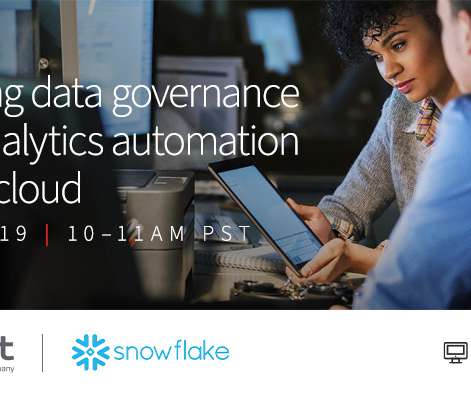As insurers look to be more agile, data mesh strategies take centerstage
CIO Business Intelligence
MARCH 4, 2024
The human political element plays a significant role here as well, as local data owners push back on relinquishing control over domain-specific data assets to centralized data governance authorities. These domain data leaders often cite the diminishing returns and significant effort of central data team engagement.














Let's personalize your content